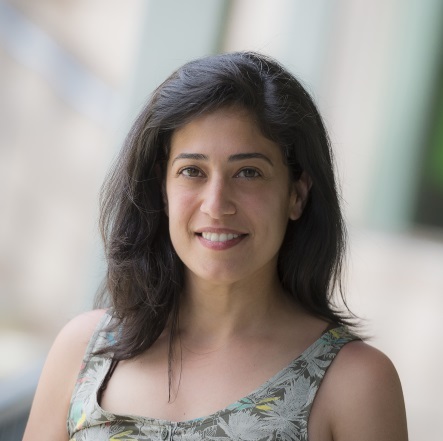Associate Editor of Open Biology, Dr Shirin Bahmanyar from Yale University, provides a snapshot of her journey as an academic researcher and her outlook on diversity in STEM.

Peer Review Week 2018 is a great time to reflect on the ways in which peer review is evolving and the importance diversity and inclusion play in shaping the scientific community. Here, Associate Editor of Open Biology, Dr Shirin Bahmanyar from Yale University, provides a snapshot of her journey as an academic researcher and her outlook on diversity in STEM.
My research
Our goal is to elucidate how the structure and identity of the nuclear envelope – a membrane compartment that surrounds and protects the genome – is established and maintained. We focus on the process of forming the nuclear envelope after open mitosis or interphase nuclear ruptures. Defects in nuclear envelope formation lead to genome instability or DNA damage and as such are relevant to disease. Using a combination of genetic engineering approaches and high-resolution time-lapse microscopy, we are analyzing nuclear envelope formation in both C. elegans and mammalian cells. We are also applying super-resolution microscopy approaches to visualize local remodeling of the nuclear envelope during these dynamic processes. Using this approach, we hope to gain a deeper understanding of how various factors control nuclear envelope dynamics and how this process is affected in diseased cells.
My journey
As an undergraduate at UC Berkeley, I discovered my love for cell biology while working in a research laboratory. The training and support that my mentors provided gave me the confidence to follow a path to a PhD. The excitement of making a novel discovery further drove my passion for lab research. Importantly, my older sister, who is a scientist, served as a role model so that I could imagine a future as a researcher. As a PhD student, I gained the skills to address scientific questions. My PhD mentor was extremely supportive of women in science – he created an inclusive and supportive laboratory culture that provided me with a sense of belonging. I continued working on cell biological questions as a post-doctoral fellow where I gained independence as well as the ability to formulate the questions that I base my career on. Being in a laboratory run by a female scientist helped me identify professionally as an academic researcher. Collectively, invested mentors, inclusive laboratory environments, and having role models were key to my decision to persist in a career in STEM.
My outlook on diversity in STEM and its value in peer review
We, the scientific enterprise, must be more inclusive to those who traditionally have had their thoughts underrepresented in the sciences: women and underrepresented minorities. People from diverse backgrounds approach problems differently, and this positively drives innovation and creativity. But longstanding research has shown that a lack of diversity of thought limits our potential for breaking new ground in STEM fields. With regards to peer review for example, diversity brings unique perspectives and backgrounds that lead to better outcomes and higher quality work. We need to explicitly and continuously address diversity in order to drive innovation and maintain high standards in the sciences.
The Royal Society is committed to increasing diversity in STEM by seeking out participation from underrepresented groups, in order to build and develop a world in which studying and working in science are open to all. If you are interested in reviewing for Open Biology or any other Royal Society journal, find out about the benefits of reviewing for our journals on our website.
